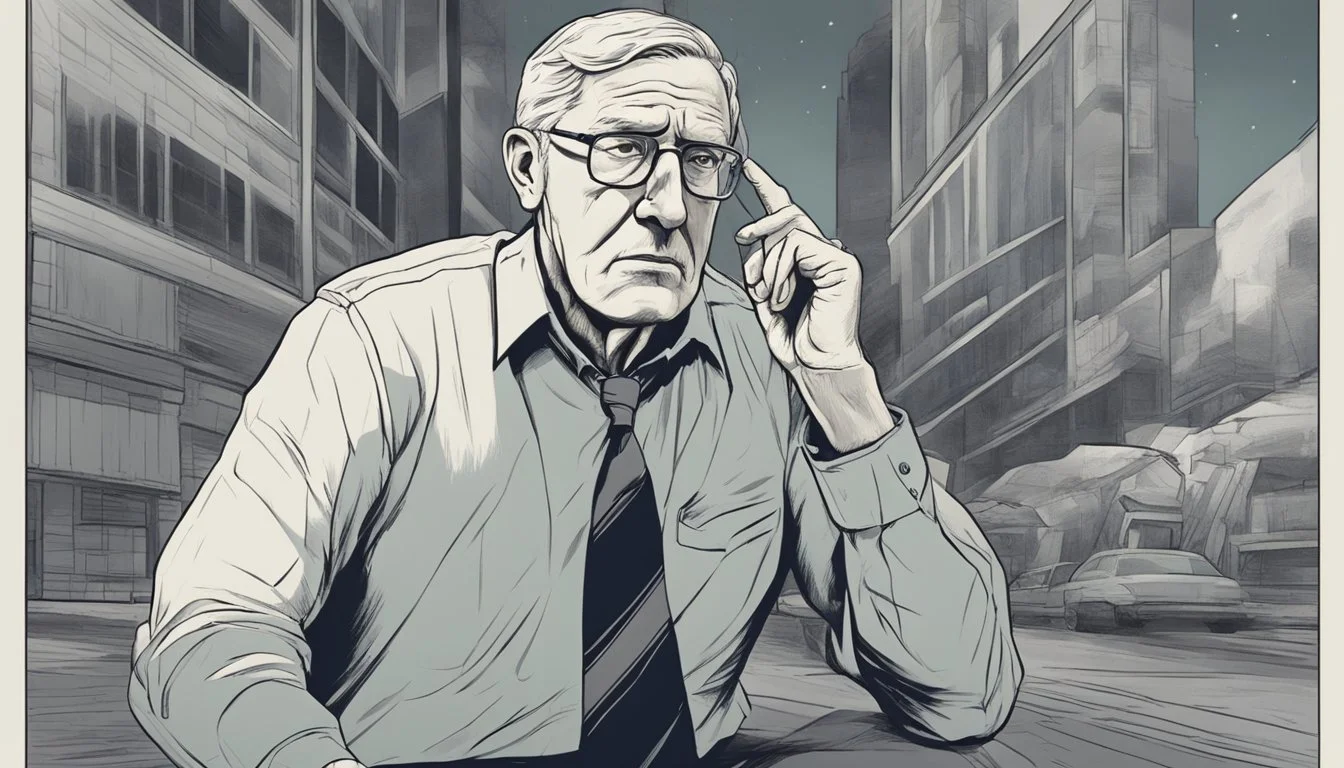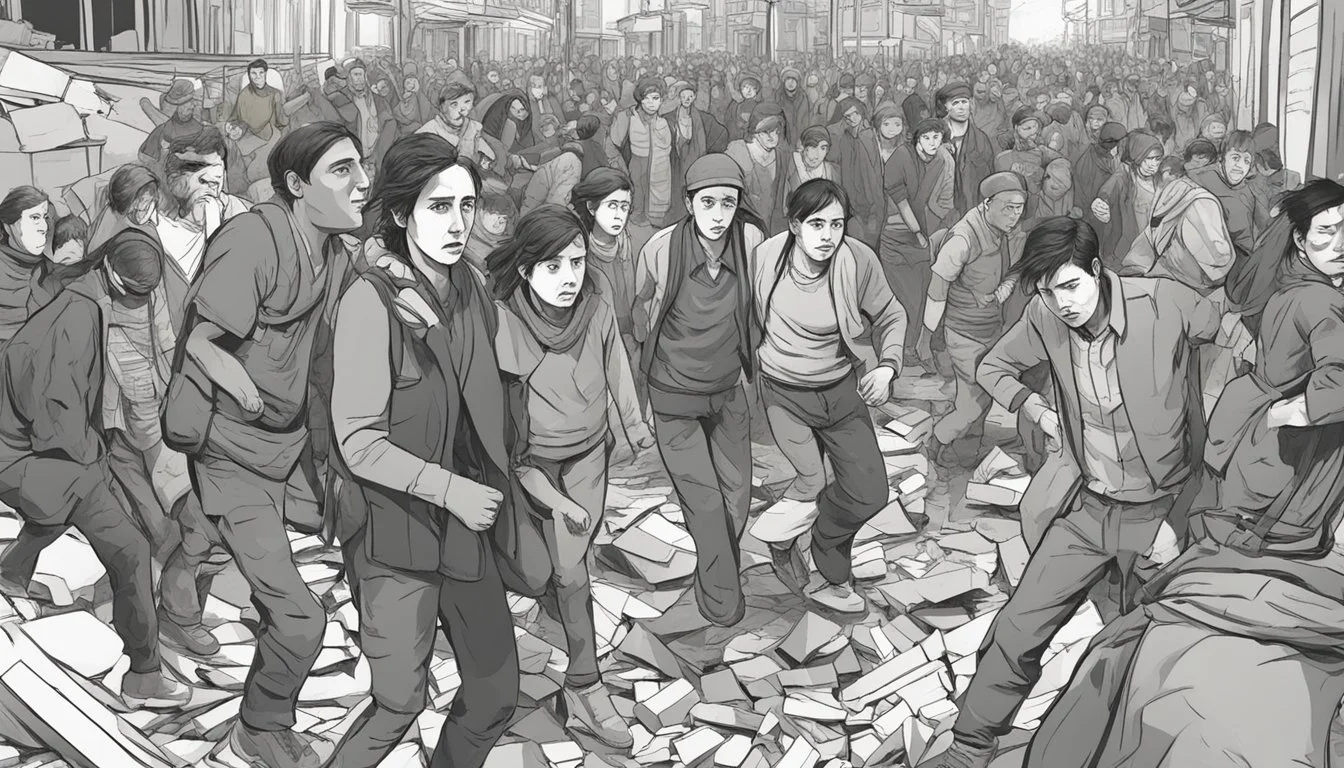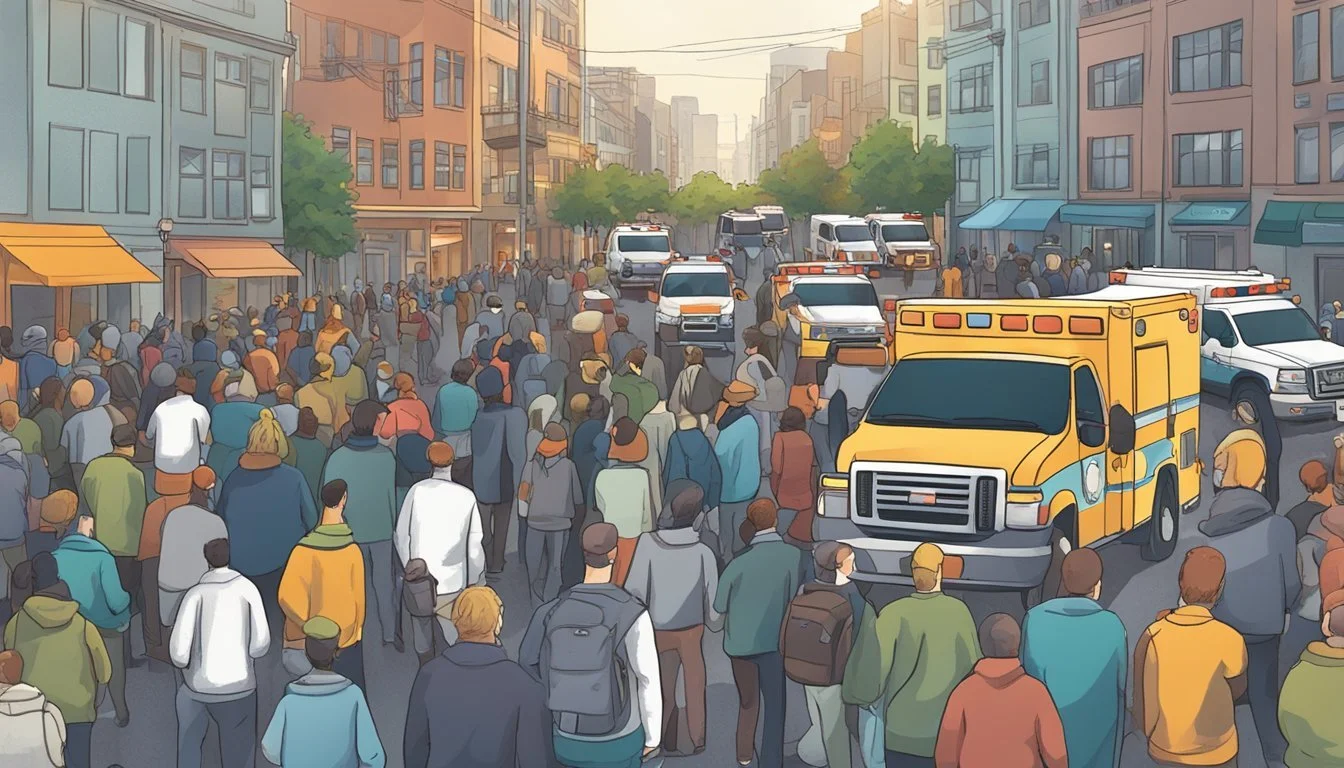Understanding Trauma Responses in NonMilitary Populations
Post-traumatic stress disorder (PTSD) is a mental health condition that can affect anyone who experiences or witnesses a traumatic event. While often associated with military veterans, PTSD is not exclusive to those who have served in combat. Civilians can and do develop PTSD from a wide range of traumatic experiences, including natural disasters, serious accidents, life-threatening illnesses, and acts of violence.
The impact of trauma on civilians can be just as severe as it is for military personnel. Many people struggle with recurring nightmares, flashbacks, and intense anxiety related to their traumatic experiences. These symptoms can significantly disrupt daily life, affecting work, relationships, and overall well-being.
Recognizing that PTSD affects civilians is crucial for ensuring proper diagnosis and treatment. Mental health professionals are increasingly aware of the prevalence of PTSD in the general population and are equipped to provide appropriate care. With proper support and therapy, individuals can learn to manage their symptoms and work towards recovery.
Understanding PTS
Post-traumatic stress disorder (PTSD) is a complex mental health condition that can affect anyone who experiences or witnesses a traumatic event. It is characterized by a range of symptoms that can significantly impact daily life.
Definition and Symptoms
PTSD is a psychiatric disorder triggered by exposure to trauma. Common symptoms include intrusive memories, nightmares, and flashbacks of the traumatic event. People with PTSD often experience intense emotional distress and physical reactions when reminded of the trauma.
Avoidance behaviors are typical, with individuals steering clear of people, places, or situations associated with the traumatic experience. Heightened arousal symptoms like being easily startled, irritability, and difficulty sleeping are also prevalent.
Changes in mood and cognition can manifest as persistent negative emotions, feelings of detachment, and difficulty remembering aspects of the traumatic event. These symptoms must persist for more than a month to meet diagnostic criteria for PTSD.
PTSD in Civilians vs. Veterans
PTSD is not limited to military veterans. Civilians can develop PTSD from various traumatic experiences such as natural disasters, serious accidents, violent crimes, or life-threatening illnesses.
While combat exposure is a significant risk factor for veterans, civilians face their own set of traumatic events that can lead to PTSD. Car accidents, sexual assaults, and witnessing violence are common triggers among civilians.
The core symptoms of PTSD are similar for both groups, but the context and specific triggers may differ. Veterans might experience combat-related flashbacks, while civilians may relive a car crash or assault.
Treatment approaches are generally similar, focusing on therapy and sometimes medication. However, veterans may have access to specialized programs through the VA system, while civilians typically seek help through general mental health services.
Causes and Risk Factors
Post-traumatic stress disorder (PTSD) can affect civilians exposed to various traumatic experiences. Multiple factors influence its development, ranging from the nature of the trauma to individual biological and social elements.
Trauma and Stressor-Related Factors
Civilians may develop PTSD after experiencing life-threatening situations, sexual assault, violent injuries, or natural disasters. Terrorist attacks and severe accidents also pose significant risks. The intensity and duration of the traumatic event play crucial roles in PTSD onset.
Repeated exposure to trauma, especially during childhood, increases vulnerability. Victims of prolonged abuse or those living in conflict zones face higher risks. First responders and emergency workers, though not traditional civilians, may develop PTSD due to frequent exposure to traumatic scenes.
Biological and Psychological Perspectives
Research indicates that biological factors contribute to PTSD development. Hormonal imbalances, particularly involving stress hormones like cortisol, may increase susceptibility. Genetics also play a role, with some individuals having a higher genetic predisposition to stress-related disorders.
Pre-existing mental health conditions elevate PTSD risk. Depression, anxiety disorders, and substance abuse can make individuals more vulnerable. Brain structure and function differences may also influence how people process and store traumatic memories.
Cognitive factors, such as negative thought patterns and poor coping mechanisms, can exacerbate PTSD symptoms. Individuals with low self-esteem or a pessimistic outlook may struggle more with trauma recovery.
Social and Environmental Influences
Social support plays a crucial role in PTSD prevention and recovery. Lack of family or community support after a traumatic event increases the risk of developing the disorder. Cultural factors, including stigma around mental health, can affect help-seeking behaviors and treatment outcomes.
Socioeconomic factors impact PTSD prevalence. Poverty, unemployment, and limited access to healthcare can exacerbate symptoms and hinder recovery. Communities with high crime rates or frequent exposure to violence show higher PTSD rates.
Environmental stressors, such as displacement due to natural disasters or conflict, contribute to PTSD risk. Unstable living conditions and loss of social networks can compound trauma effects. Education and awareness about PTSD in communities can aid in early intervention and support.
Diagnosing PTSD
PTSD diagnosis involves a comprehensive clinical assessment and the use of specific screening tools. Mental health professionals follow established criteria to accurately identify and evaluate symptoms in both civilian and veteran populations.
Clinical Assessment
Mental health professionals conduct thorough evaluations to diagnose PTSD. This process typically includes a detailed interview about the individual's experiences and symptoms. Clinicians assess for intrusive memories, avoidance behaviors, and arousal symptoms. They also consider the duration and impact of symptoms on daily functioning.
The assessment may involve gathering information from family members or close friends. Medical history and any previous mental health treatments are reviewed. Professionals differentiate PTSD from other conditions with similar symptoms, such as depression or anxiety disorders.
PTSD Screening Tools and Criteria
Standardized screening tools help clinicians identify potential PTSD cases. The PTSD Checklist (PCL-5) is a widely used 20-item self-report measure. It aligns with diagnostic criteria from the DSM-5 (Diagnostic and Statistical Manual of Mental Disorders).
The Clinician-Administered PTSD Scale (CAPS-5) is considered the gold standard for PTSD assessment. It provides a more in-depth evaluation of symptom severity and functional impairment. The Department of Veterans Affairs has developed specific tools for assessing PTSD in military populations.
Diagnostic criteria for PTSD include exposure to a traumatic event, persistent re-experiencing of the event, avoidance of trauma-related stimuli, negative changes in thoughts and mood, and alterations in arousal and reactivity. Symptoms must persist for more than one month and cause significant distress or functional impairment.
Treatment and Recovery
Effective treatments exist for PTSD in civilians. Therapeutic approaches and support systems play crucial roles in recovery.
Therapeutic Approaches
Prolonged exposure therapy helps patients confront trauma-related memories and situations. This approach reduces avoidance behaviors and anxiety over time. Cognitive processing therapy focuses on changing unhelpful thoughts and beliefs related to the traumatic event.
Medications like selective serotonin reuptake inhibitors (SSRIs) can alleviate symptoms. These drugs may reduce anxiety, depression, and nightmares associated with PTSD.
Eye movement desensitization and reprocessing (EMDR) is another evidence-based treatment. It combines exposure therapy with guided eye movements to process traumatic memories.
Importance of Support Systems
Strong support networks are vital for PTSD recovery. Family, friends, and support groups provide emotional backing and understanding. These connections help patients feel less isolated and more supported in their healing journey.
Professional support from therapists and counselors is essential. They guide patients through treatment and offer coping strategies. Support groups connect survivors with others who have similar experiences.
Community resources like crisis hotlines and peer support programs offer additional assistance. These services provide immediate help during difficult times and ongoing support for long-term recovery.
Living with PTSD
PTSD impacts daily life, relationships, and work in profound ways. Individuals with PTSD often face challenges in managing symptoms and maintaining a sense of normalcy.
Coping Strategies and Resilience
Building resilience is crucial for those with PTSD. Effective coping strategies include:
Regular exercise
Mindfulness meditation
Journaling
Joining support groups
Seeking professional help is vital. Therapists can teach techniques to manage flashbacks and anxiety. Medication may be prescribed to alleviate symptoms.
Avoiding substance use is important, as it can worsen PTSD symptoms. Instead, focusing on healthy habits promotes recovery. Establishing routines and setting small, achievable goals helps rebuild confidence.
Implications for Relationships and Work
PTSD can strain relationships. Irritability, anger, and emotional numbness may push loved ones away. Open communication is key to maintaining connections. Family therapy can help partners and children understand PTSD better.
At work, PTSD symptoms can impact performance. Concentration difficulties and heightened stress responses may interfere with tasks. Employees with PTSD may benefit from:
Flexible schedules
Quiet workspaces
Disclosing PTSD to employers is a personal choice. Some find it helpful for accessing accommodations, while others prefer privacy. Building a support network in the workplace can aid in managing symptoms discreetly.
Resources and Support
Civilians with PTSD have access to various support systems and treatment options. These resources aim to provide comprehensive care and assistance for individuals coping with the effects of trauma.
Healthcare and Therapy Options
Mental health professionals play a crucial role in PTSD treatment. Therapists, psychologists, and psychiatrists offer specialized care tailored to each individual's needs. Cognitive Behavioral Therapy (CBT) and Eye Movement Desensitization and Reprocessing (EMDR) are effective evidence-based treatments for PTSD. Medication may also be prescribed to manage symptoms.
The National Comorbidity Survey has highlighted the prevalence of PTSD among civilians, emphasizing the need for accessible care. Many healthcare providers now offer telehealth options, making treatment more convenient for those unable to attend in-person sessions.
Community and Online Support
Support groups provide valuable peer connections for civilians with PTSD. These groups offer a safe space to share experiences and coping strategies. Many communities host local PTSD support meetings, while organizations like NAMI (National Alliance on Mental Illness) offer nationwide resources.
Online platforms have expanded support options. Forums, chat rooms, and virtual support groups connect individuals with others facing similar challenges. Websites like PTSD Alliance offer educational resources and helplines. The Veterans Crisis Line (988, press 1) also assists civilians, providing 24/7 support via phone, text, or online chat.
Social media communities and mental health apps provide additional avenues for support and information sharing. These digital resources complement professional care, offering round-the-clock access to peer support and coping tools.






